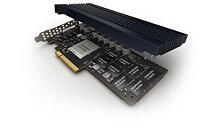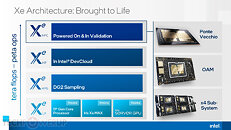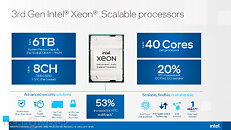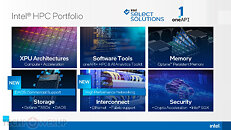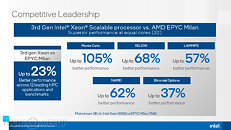
Wi-Fi 7 Cryptomining Router - A Fresh Scam (Ab)using a Friendly Name
An entity calling themselves "TP-Link ASIC" recently announced a Wi-Fi 7 capable ASIC cryptocurrency miner with claims of hashing rates above even the mighty RTX 4090... In one specific ASIC friendly algorithm. If the concept of a router that mines crypto sounds strange, deranged, or downright questionable to you, you're not alone. The consumer market for crypto mining has waned heavily in the last handful of months due in no small part to Ethereum switching to Proof of Stake last September, which led to GPUs being ineffectual for mining the previously profitable coin. However, ASIC mining does remain prevalent across the sea of various algorithms and alt-coins that exist. One such alt-coin is Kadena, a smaller Proof of Work cryptocurrency that appears to flutter around the $1USD range. This is where "TP-Link ASIC" has placed their engineering efforts with the, "TP-Link NX31 31.2 THS Router Miner," which, as the name implies, offers 31.2 TH/s of Kadena hashing power at a cool $1,990 USD (previously $1,440).
If you've been around long enough to remember the Butterfly Labs fiasco and fallout, you're probably already groaning and holding your head in your hands. Buying ASICs from new and unproven vendors promising the moon is never a good idea. But TP-Link isn't an unproven company, they have a successful business and sell legitimate products. Surely this would be handled properly since this is a well established brand, right? Well, here's the twist; "TP-Link ASIC" is NOT TP-Link. When questioned about this new launch by Tom's Hardware a TP-Link representative responded that "TP-Link ASIC" has no affiliation with TP-Link, nor does their NX31 mining router.
If you've been around long enough to remember the Butterfly Labs fiasco and fallout, you're probably already groaning and holding your head in your hands. Buying ASICs from new and unproven vendors promising the moon is never a good idea. But TP-Link isn't an unproven company, they have a successful business and sell legitimate products. Surely this would be handled properly since this is a well established brand, right? Well, here's the twist; "TP-Link ASIC" is NOT TP-Link. When questioned about this new launch by Tom's Hardware a TP-Link representative responded that "TP-Link ASIC" has no affiliation with TP-Link, nor does their NX31 mining router.





























